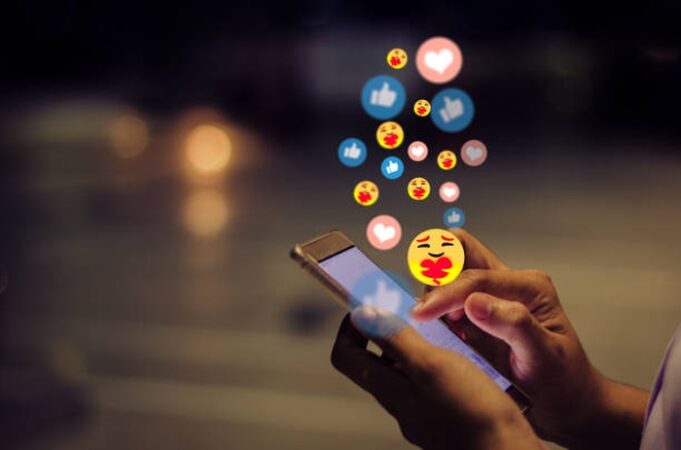Pictures of people and animals filled the cave walls thousands of years ago, appearing as a form of communication for cave-dwellers. These pictures served as various markings such as ovals, spirals, dots, overlapping lines, and other patterns. Fast forward to today where we are again using symbols and images to communicate with others.
But instead of drawing on walls like the ancient people, we tap the screens of our smartphones. We then choose from the available digital fruits, animals, smiley faces that include a sweaty laugh and eyebrow raise emoji among others to replace short messages and express feelings that we can’t put into words.
Want to know more about this? Then you can visit EmojiGuide.com or continue reading as we unveil its brief history, current uses, and more in this article.
Origins of Emojis
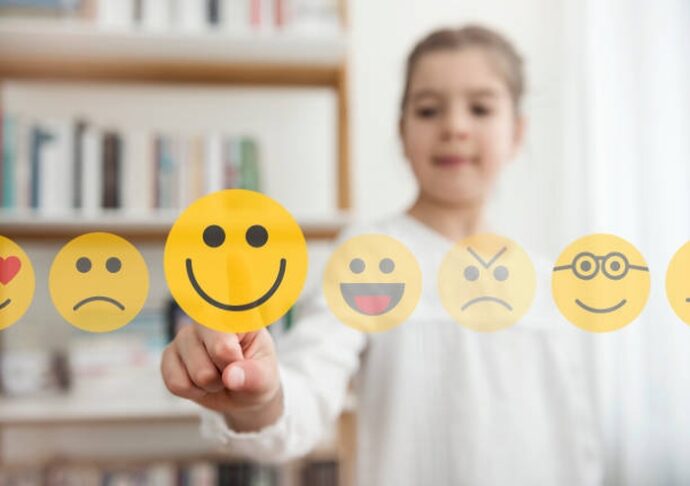
The emoticons existed right before the creation of emojis. Short for emotion icons, emoticons are a sideways representation of facial expressions created with the keyboard characters in your device. Emojis, however, are the modern version and represented by their iconic yellow-colored, round faces with different facial expressions depicting various emotions.
In the 1990s, Japanese interface designer Shigetaka Kurita and his team created the heart-shaped pictogram initially appearing on NTT DoCoMo’s pagers. It inspired him to design a set of 176 brightly colored pictograms to go along with the heart-shaped pictogram and as part of the company’s integrated mobile internet service or “i-mode.”
Since then, emojis have undergone numerous evolutions from other emoticon sets after being incorporated and standardized by Unicode, making them available outside of Japan in 2010. Thousands of these yellow-faced emojis with Zodiac signs, people with different skin colors and professions, and many more are now available and widely used today
Current Uses of Emojis
The use is pretty straightforward. From the set that appears on the emoji keyboard, tap the icon that best suits your message or the feelings you want to convey. But should it be used by teenagers and texters only? While others prefer to type the words out, many use emojis such as the peacefully sleeping and eyebrow raise emojis when texting or chatting with family, friends, colleagues, and others.
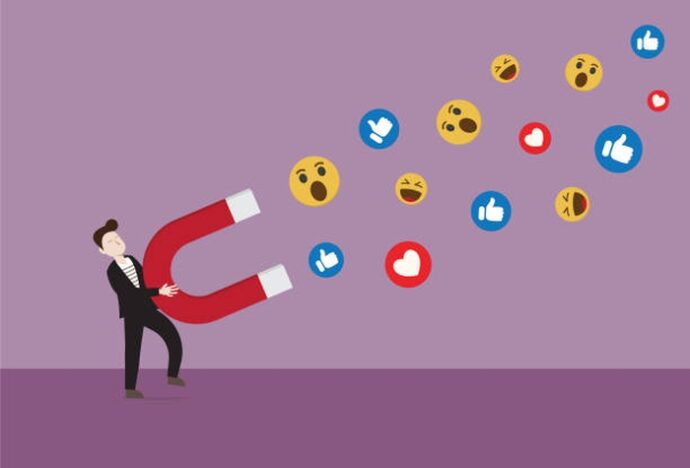
Emojis Can Help Express Feelings That Words Cannot
Try texting or chatting a message that ends with a period, an exclamation point, and an emoji. The feelings conveyed are different messages with the same sentiment when using words. Using emojis does not necessarily mean a replacement to words, but it gives that extra little something to texts that the receiver can interpret as excitement, anger, happiness, and so on.
Expressing through Emojis Can Lighten Up the Mood
Some topics can be a little uncomfortable to share and talk about, especially grim ones. Some people opt to use an emoji that words alone cannot convey. Using emojis may help lighten up the mood. It can serve as a signal for your friends and loved ones to know that you want to talk about a challenging topic. Being able to approach the topic carefully and make an appropriate response.
Adding Emphasizes a Brand’s Personality
Emojis are not only used when communicating with family, friends, and colleagues. Various brands have started using that in their communications and marketing too, as it gives the brand a personality that people can easily relate to. Emojis are one way of humanizing your brand, letting consumers know that you’re a fun, witty, or ingenious company.
Including Emojis in Your Messages Can Help Engage More with the Audience
Using Emojis when communicating with family and friends is fun and engaging. But did you know that you can also use emojis to give your brand personality to boost market engagement? Emojis can help drive engagement from emails to social media. Push notifications that include an emoji increase conversion rates while Facebook posts and tweets with emojis stand out among text-heavy posts.
3 Popular Emojis Used Today
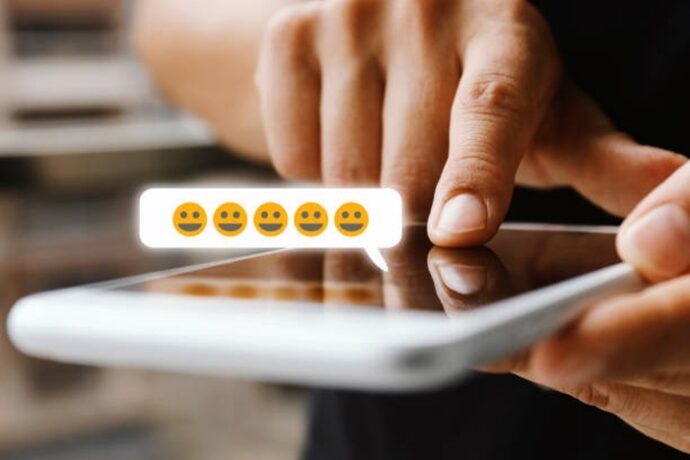
Changing the way we communicate online, this is more than just a new way of illustrating a joke or an intense emotion we can’t convey with words. Although they have no value in the world of academics, they play a significant role in letting us express a range of emotions simply and efficiently. With almost 3,000 emojis available today, there are bound to be emojis that are more popular than the others, and here are three of them.
The Heart Eyes Emoji
Back in 2017, the heart eyes emoji earned the 2nd spot on Facebook and 4th position on Apple in terms of popularity. Its full name is the “smiling face with heart-shaped eyes,” its winning smile perfectly conveys infatuation, love, and like what you see. People use it to respond to messages, status, and pictures that they like or love.
The Red Heart Emoji
In some emoji lists, the heart or red heart emoji is recognized as the highest-ranked emoji and most popular among netizens. A close companion of the heart eyes emoji, this emoji expresses more intense love and emotion. Coming in different colors and shapes, red being the most popular, people use it to convey happiness, love, gratitude, and in some cases, flirtatiousness.
The Eyebrow Raised Emoji
This yellow face emoji with furrowed eyebrows and a flat, neutral mouth conveys different emotions such as disbelief, suspicion, disapproval, and more. With its left eyebrow raised higher than its right, it perfectly encapsulates the feelings of people who send it.
Conclusion
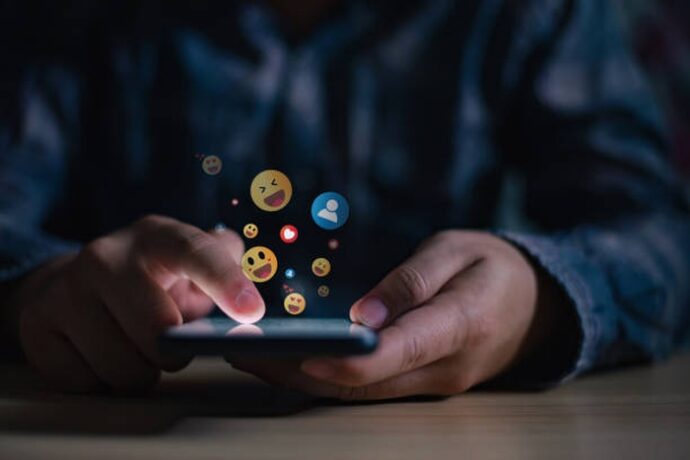
This emerged in our society where technology is advanced and rampant. It has grown over the years since its release. And it is now recognized as one of the universal forms of online communications.
Understood by the majority, it has become a part of our culture that we use in our day-to-day communications. We do not know what the future of emojis will be, but it is here to stay. It may evolve, but it will still be here for us to use in communications and possibly more. Using emojis can help express feelings that words cannot do enough, so it is important to familiarize what each emoji means.

